3 Signs that your car needs our Belts and Hoses Service
Introduction
At Vidal Auto Service in Columbia Heights, MN, we understand the critical role that belts and hoses play in your vehicle’s performance and safety. Regular maintenance of these components is essential to avoid unexpected breakdowns and costly repairs. In this comprehensive guide, we’ll explore the signs that indicate your car may need belts and hoses service, the importance of timely maintenance, and expert insights to keep your vehicle running smoothly.
What are Belts and Hoses?
Definition and Function
Belts and hoses are crucial components of your vehicle’s engine and cooling system. They transmit power to various engine components, maintain proper timing, and ensure efficient cooling.
Importance in Vehicle Operation
Without properly functioning belts and hoses, your vehicle may experience overheating, loss of power, or even complete engine failure. Regular inspection and maintenance are key to preventing these issues.
Signs Your Car Might Need Belts and Hoses Service
Visual Inspection
Cracks or Fraying Visible
One of the most common signs of belts and hoses in need of replacement is visible wear and tear. Inspect belts for cracks, fraying edges, or missing chunks of rubber.
Leaks or Bulges
Check hoses for any signs of leaks, bulges, or soft spots. These can indicate weak spots that could lead to sudden hose failure and coolant leaks.
Auditory Cues
Squealing Noises
A squealing noise coming from the engine area, especially during startup or acceleration, often indicates a loose or worn-out belt that needs adjustment or replacement.
Whistling or Hissing Sounds
A whistling or hissing sound could indicate a leak in one of the hoses, particularly the radiator or heater hoses. Addressing these leaks promptly can prevent engine overheating.
Performance Issues
Overheating Engine
If your engine temperature gauge consistently shows overheating or if you notice steam coming from under the hood, it could be a sign of a failing radiator hose or coolant leak.
Loss of Power
Worn-out belts can cause components like the alternator or power steering pump to function improperly, resulting in a noticeable loss of power while driving.
Importance of Timely Maintenance
Benefits of Proactive Maintenance
Regular inspection and timely replacement of belts and hoses can prevent unexpected breakdowns, improve fuel efficiency, and extend the lifespan of engine components.
Cost Savings in the Long Term
Investing in routine maintenance is far more cost-effective than dealing with major repairs caused by neglected belts and hoses.
Types of Belts and Hoses
Serpentine Belt
The serpentine belt powers multiple engine accessories such as the alternator, water pump, and air conditioning compressor.
Timing Belt
Critical for the precise timing of engine components, a failing timing belt can cause serious engine damage if not replaced according to manufacturer recommendations.
Radiator Hose
Carries coolant from the radiator to the engine and back, helping to regulate engine temperature.
Heater Hose
Transports coolant to the heater core, allowing for proper cabin heating during colder months.
Diagnostic Tools and Tests Used
Visual Inspection Techniques
Technicians visually inspect belts and hoses for signs of wear, leaks, or damage during routine maintenance checks.
Pressure Tests for Hoses
Pressure testing helps identify weak spots in hoses that could lead to coolant leaks under operating conditions.
Belt Tension Checks
Measuring and adjusting belt tension ensures optimal performance and reduces the risk of premature wear.
FAQs about Belts and Hoses Service
What are the Common Causes of Belt Failure?
Belts can fail due to age, wear and tear, improper tension, or exposure to extreme temperatures.
How Often Should Belts and Hoses be Inspected?
It’s recommended to have belts and hoses inspected during routine maintenance visits, typically every 12 months or as advised by your service provider.
Can Belts and Hoses be Visually Inspected at Home?
While basic visual inspections can be performed at home, professional inspection by trained technicians ensures thorough assessment and accurate diagnosis.
Conclusion
In conclusion, maintaining belts and hoses in good condition is essential for the longevity and reliability of your vehicle. By recognizing the signs of potential issues and scheduling timely service at Vidal Auto Service, you can avoid costly repairs and ensure your vehicle operates at its best. Don’t wait until it’s too late—schedule your belts and hoses service today!

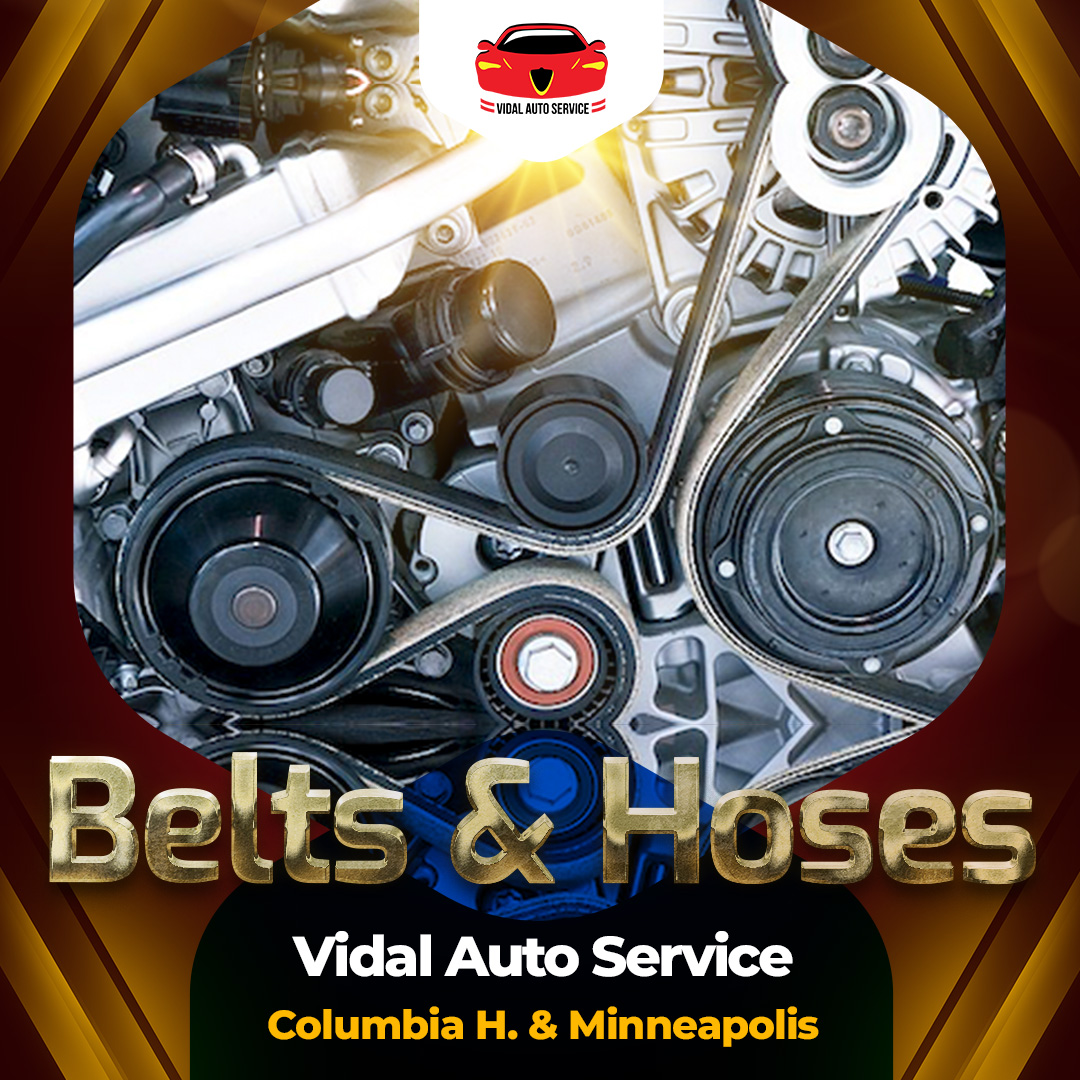
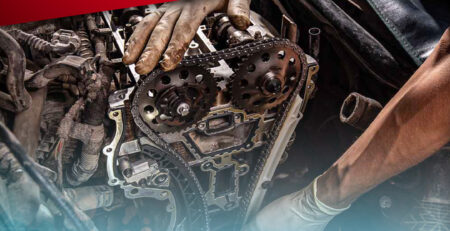
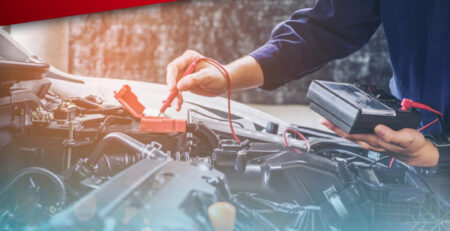
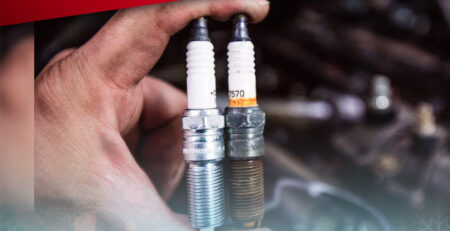
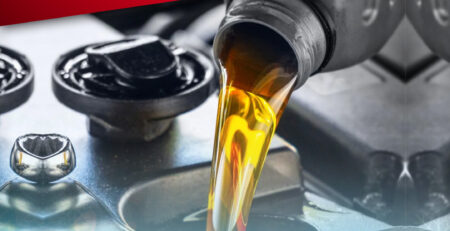
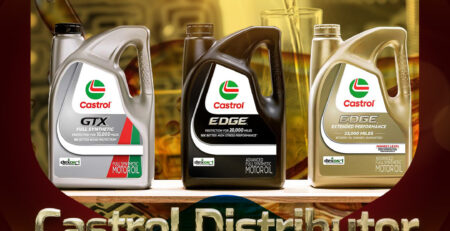
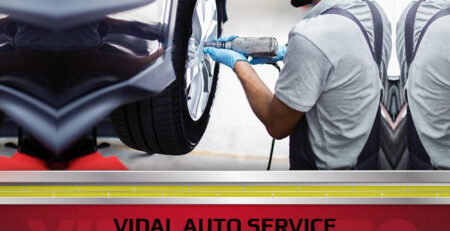
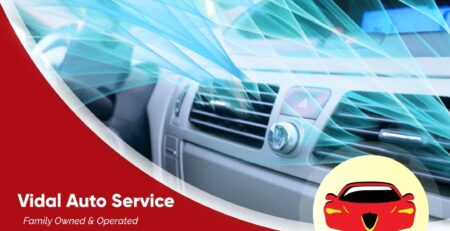
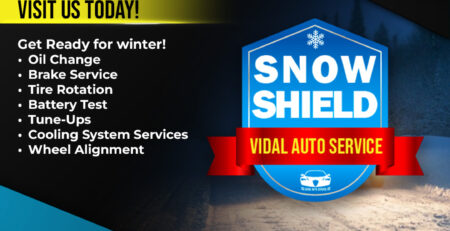
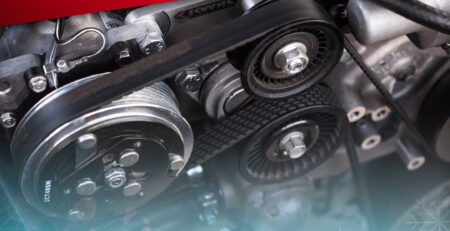
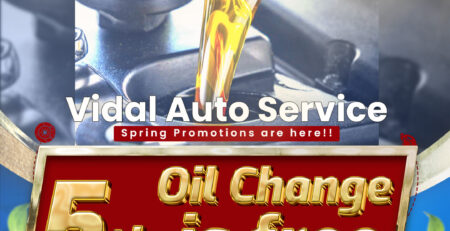

Leave a Reply